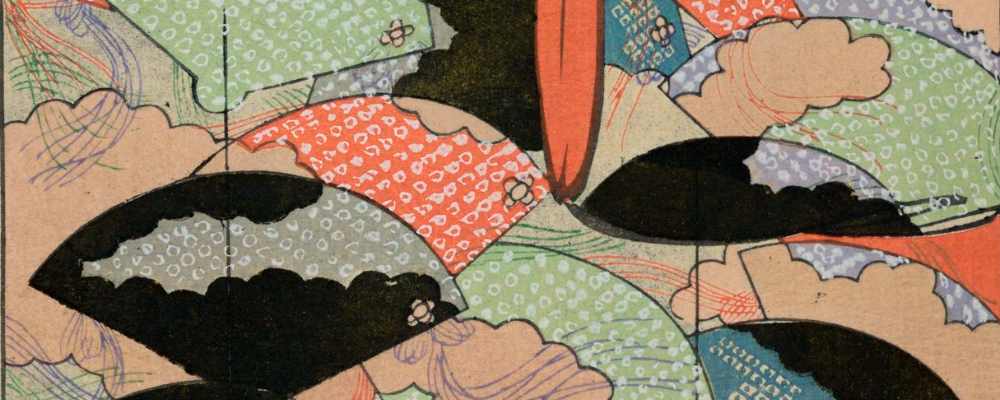There’s something almost sacred about setting up a new computer from scratch. I’m a total geek, and few things in my life generate the same excitement as unboxing a new machine. This feeling has been consistent since I got my Commodore VIC-20 at eleven years old in 1981. Every computer since then, from my Atari 800XL to various PC clones to Macs, has carried that same sense of possibility.
When it comes to that possibility, you can either inherit it or create it.
When you get a new computer, the easy path is migration. Take your backup, restore everything, and you’re back to work within hours. Your familiar data transfers seamlessly along with the accumulated downloads from four years of “let me try this,” the background processes you forgot about, the electronic equivalent of junk drawers stuffed with things you might need someday.
This time, I chose differently.
My computer rotation is four years. That’s how long it takes me to save up for something that represents a significant investment, both financially and practically. Over those four years, I download countless applications, give them a try, lose interest, and leave them installed. Unlike physical spaces, technological clutter doesn’t demand immediate attention. You can’t trip over a forgotten app or stub your toe on an unused browser extension.
But this clutter carries a different kind of weight. There are performance hits from background processes I’d forgotten about, visual noise from accumulated customizations that no longer serve me, and most importantly, a mental burden I hadn’t fully recognized until I started fresh.
My computer environment is where I live. I spend the majority of my working hours there, creating and solving problems. It deserves the same care I’d bring to designing a physical workspace, maybe more, since I inhabit it so completely.
Starting from scratch meant beginning with macOS Sequoia’s defaults and discovering what bothered me. This approach revealed something unexpected: many of the tools I thought were essential turned out to be solutions to problems that no longer existed, while new pain points emerged that I’d never noticed before.
Take window management, for instance. With multiple browsers open simultaneously alongside text editors, coding environments like Nova, terminal windows, and Finder, my screen becomes a chaos of overlapping rectangles. I’d always used Moom for automated window placement, but I initially tried to work without it, thinking maybe the new OS had improved enough to make it unnecessary.
Within a day, I moved Moom back to the top of my installation list. Some solutions are genuinely essential, but you don’t know which ones until you test their absence.
The research phase of finding alternatives taught me about what I’ve started thinking of as a kind of technological independence. When I’m evaluating software, I’m not just looking at features; I’m considering stewardship. Has the software changed hands to developers who might not maintain it well? Is it still being actively supported? Will it exist in two years?
I prioritize open source when possible, partly for philosophical reasons but mostly for practical ones. I’ve watched too many excellent programs disappear when a company pivoted or a developer moved on. I’m also willing to pay for the right tool. The key is being deliberate about that choice rather than defaulting to whatever I used before.
My process involves searching for alternatives, checking Reddit discussions for real user perspectives, weighing pros and cons, asking friends, and then testing options. The approach is time-consuming, but results in a toolkit that feels genuinely chosen rather than inherited.
This wonderful beginning period, where I savor each decision and carefully configure every preference, won’t last forever. The fresh start experience forces me to slow down, to consider what I need versus what I’ve accumulated. I literally go through every system preference menu, testing whether I prefer the default or want something different. Yes, I know how that sounds.
Eventually, the demands of daily work reassert themselves. I’ll start downloading things to try them out, moving quickly to solve immediate problems, accumulating software just like before. The question that’s emerging from this process isn’t how to avoid that eventual accumulation. It’s how to preserve some of the purposefulness even as I transition back to normal computer use.
The deliberate approach is about more than just getting things configured the way I like them. It’s about slowing down and thinking rather than just installing first and figuring it out later. This results in better efficiency and a better thinking environment, but also requires a type of attention that’s hard to maintain indefinitely.
What I’m discovering is that the fresh start process is teaching me about technological mindfulness that extends beyond the initial setup. The practice of questioning defaults, of testing what I need versus what I think I need, of choosing tools based on their stewardship and longevity — these are habits worth cultivating throughout the entire lifespan of a computer, not just during the honeymoon period.
I may not maintain the same level of care every day for the next four years, but I can create systems and practices that help me check in periodically. Maybe a monthly review of what I’ve installed recently, or a quarterly cleanup of applications I haven’t used, or simply pausing before downloading something new to ask: do I need this, or am I just curious?
The goal isn’t to achieve perfect minimalism. It’s to maintain enough awareness of my technological environment that it continues to serve me well rather than just accumulating entropy over time.
What this comes down to is creating a space where good thinking can happen, where the tools enhance rather than hinder the work, and where the environment supports the kind of focused, creative engagement that makes the work worth doing in the first place.
